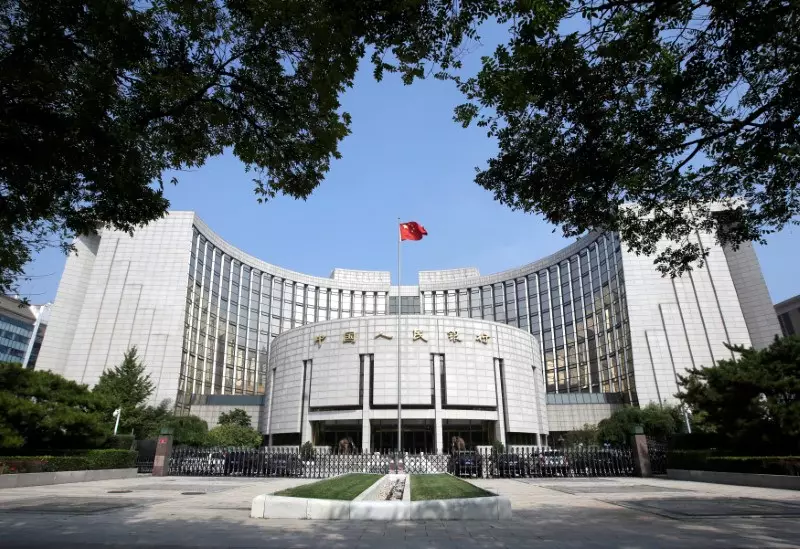Despite recent turbulence in China’s bond market, there are still die-hard investors who remain confident in the strength of the bull market for government bonds. These investors point to factors such as China’s uncertain economic outlook, deflationary pressures, and a general lack of appetite for riskier assets as reasons to maintain a positive stance on government bonds.
One bond fund manager expressed their active bullishness, noting the challenges in the economic landscape and the pressure to generate returns. Even those who have adopted a more bearish outlook seem to do so cautiously, with some choosing to be “opportunistic” in their short-term trading strategies.
Government Intervention
The People’s Bank of China (PBOC) has recently stepped in to address the soaring treasury market and the resulting plunge in yields. This intervention has raised concerns about potential bubble risks as investors flock to government bonds as a safe haven amidst volatility in other markets.
The central bank’s actions have been likened to previous interventions in other financial sectors, indicating a top-down approach to regulation in China’s financial markets. The PBOC’s efforts to stabilize the weakening yuan further complicate the situation, as falling yields impact the bank’s ability to manage currency fluctuations.
Following the central bank’s intervention, China’s bond market experienced a series of fluctuations. State banks were observed selling large amounts of long-dated treasuries in response to record lows in yields. The PBOC’s decision to halt cash injections and investigate potential market manipulation added to the uncertainty surrounding bond investments.
Investors have responded cautiously to these developments, with some analysts warning of increased duration risk in holding long-dated bonds. Despite these concerns, there are those who believe that the bond bull market will persist, citing the scarcity of high-yielding assets in the current economic environment.
The recent market volatility has prompted some investors to reassess their strategies, with a focus on buying on dips rather than attempting to time the market. While the PBOC’s actions may impact the pace of bond price increases, the overall uptrend is expected to continue in the long term.
However, rising volatility and government intervention may offset some of the potential gains from monetary easing, leading to a more cautious approach among investors. The delicate balance between market forces and regulatory oversight will continue to shape the landscape of China’s bond market in the months to come.

